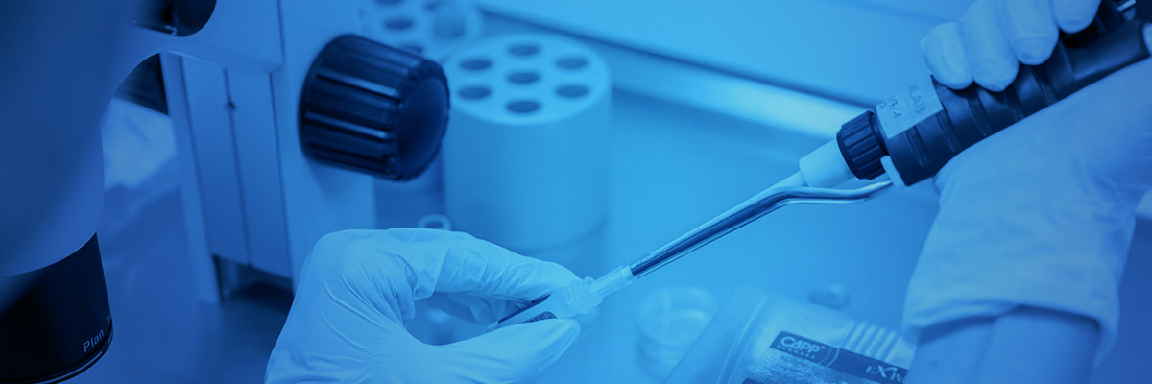
Miscarriage tissue test.
There are three studies to assess if a miscarriage originates from a chromosomal anomaly:
- Conventional cytogenetics miscarriage tissue study: Until recently, the only way to assess if a chromosomal anomaly was the cause of a miscarriage was through a conventional cell culture and cytogenetic study of miscarriage remains. The material for study in this method is obtained by chorionic villus sampling (a needle is inserted into the uterus to obtain a biopsy) or by sending the tissue obtained in a curettage for examination. Conventional cytogenetic study has a high rate of inconclusive results due to culture failures or contamination with maternal cells. In cases where it does yield a result and shows that the miscarriage material does not have chromosomal anomalies, and the chromosomal sex is female, there is no way to rule out maternal contamination (meaning that the cells analyzed are from the patient and not from the miscarriage material).
- Miscarriage tissue study by massive sequencing: This technology is called NGS and provides results in 85% of cases. It also has the advantages of higher resolution than conventional cytogenetics, the ability to diagnose maternal contamination (as it is evaluated alongside a blood sample from the mother), and faster results since it does not require cell culture (usually the result is obtained in 7-10 days). It should be noted that this technique does not detect balanced structural chromosomal anomalies and may not detect: low-level mosaic aneuploidy, triploid/tetraploid chromosomes, uniparental disomy, deletions or duplications smaller than 10 Mb.
Non-invasive study for missed pregnancies: in this case, free DNA originating from placental tissue is detected in the patient’s bloodstream. As the name suggests, it allows for a non-invasive study after spontaneous pregnancy loss detected by ultrasound, thanks to the algorithm for very low fetal fractions. It can be performed from the 5th week of pregnancy.

